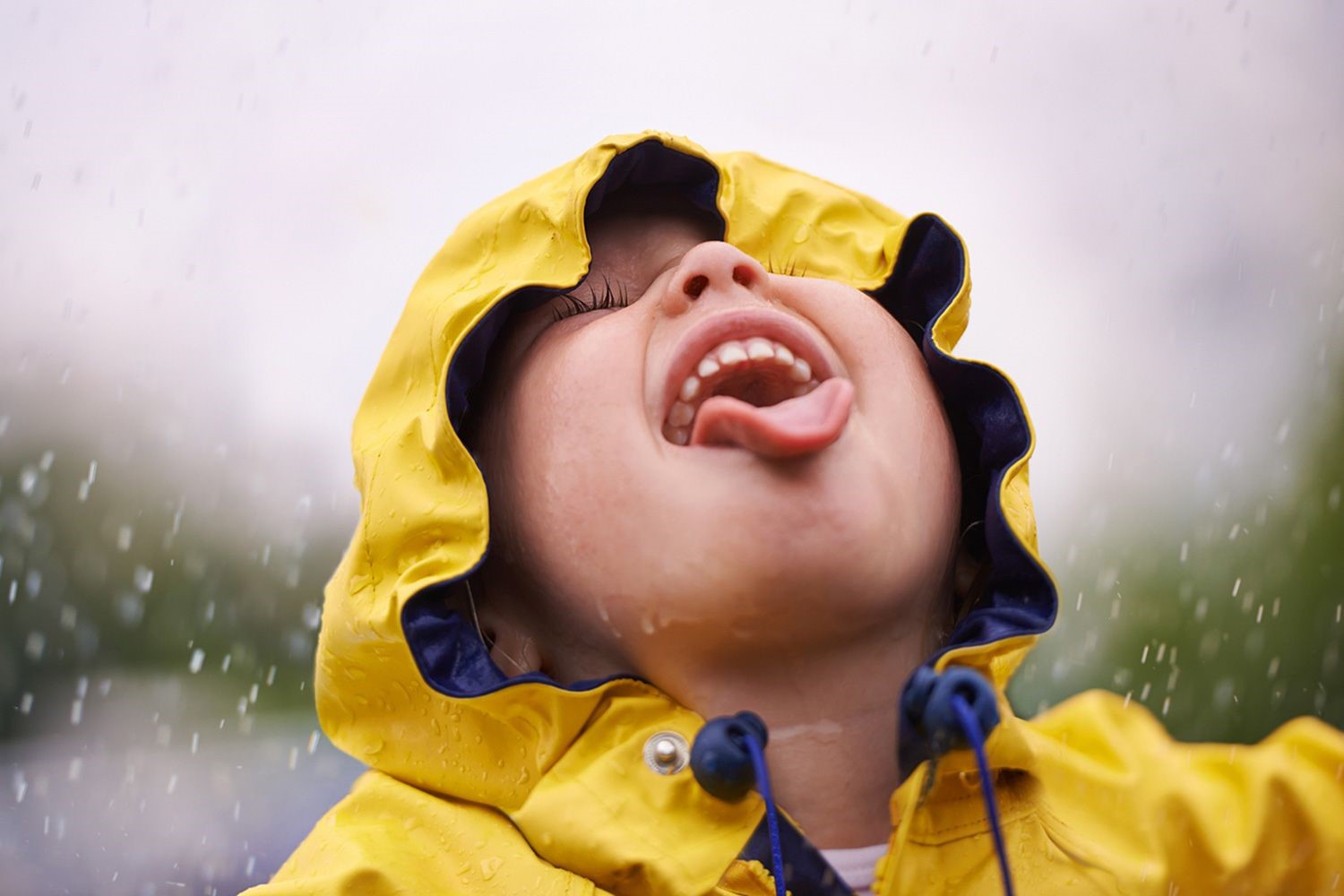
Is it safe to collect and drink rainwater?
There are a number of contaminants that can end up in the rainwater, such as bacteria, viruses, parasites, dust, smoke particles and other chemicals. If you collect rainwater from a roof, it could also contain traces left by animals, such as bird poop, and if the roof or drainpipes are old, materials such as asbestos, Lead and Copper could also end up in your tank.
Scientists advise against collecting and drinking rainwater but using it for other purposes, such as watering plants.
The levels of these contaminants can vary significantly depending on where you live, and the risk of illness depends largely on how much rainwater you drink. If you have a clean collection system and properly sterilize the rainwater, either with chemicals or by boiling and distillation, then most of the impurities can be removed. This has led to a lot of confusion about whether rainwater is unsafe to drink.
In a study published in August 2022 in the journal Environmental Science & Technology, researchers found that rainwater all over the globe has concentrations of toxic PFAS (per- and polyfluorinated alkyl substances) and their derivatives, that exceed health guidelines. These findings mean that rainwater is definitely unsafe to drink, especially if it is untreated. These chemicals are extremely toxic and can cause a wide range of problems — including different types of cancer, infertility, pregnancy complications, developmental problems, immune system conditions, and various diseases of the bowels, liver and thyroid — as well as potentially decrease the effectiveness of vaccines in children
The most striking finding was that perfluorooctanoic acid levels in rainwater are at least 10 times over the safe level at every location sampled on the planet, including the Tibetan Plateau and Antarctica.
 English
English Arabic
Arabic


